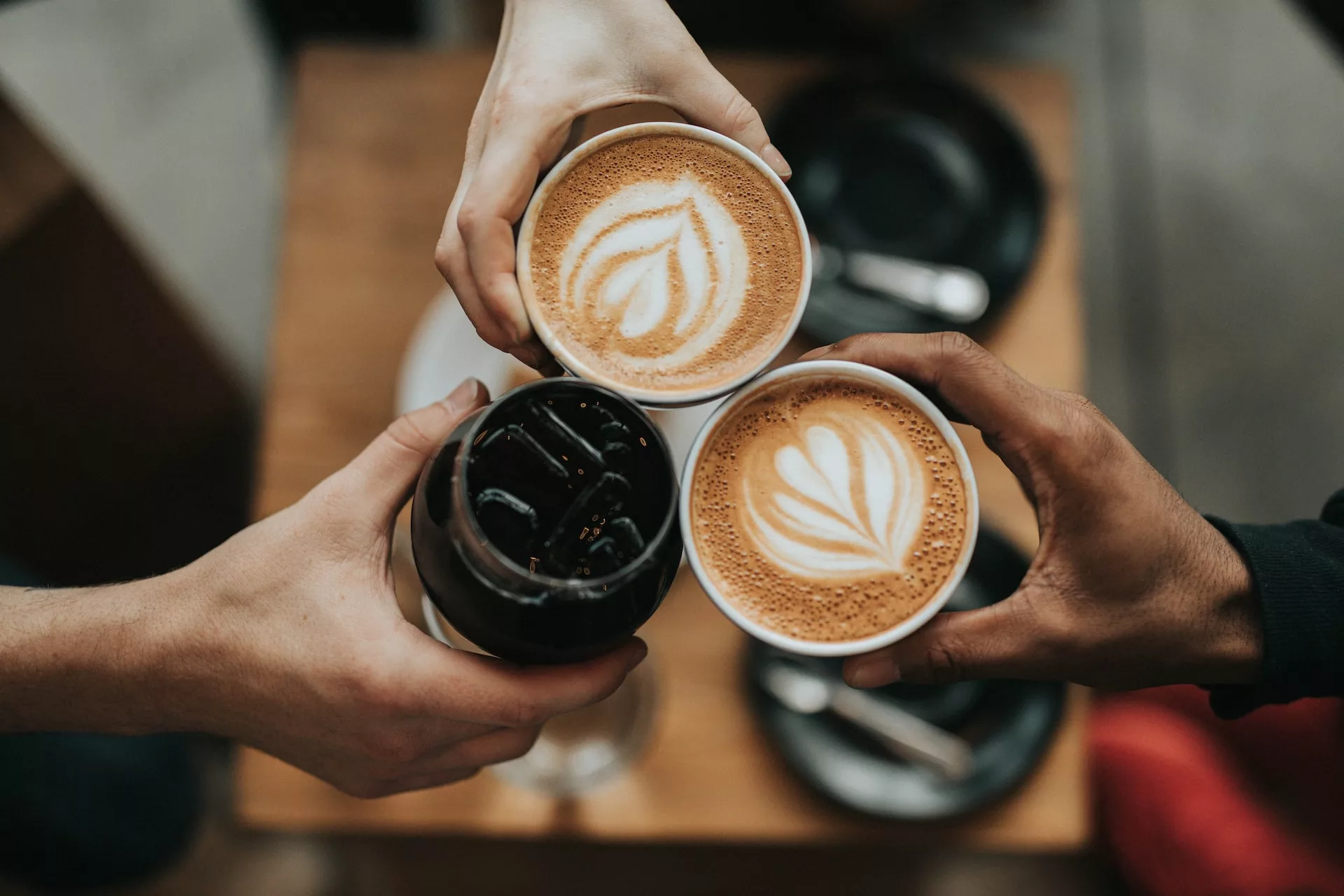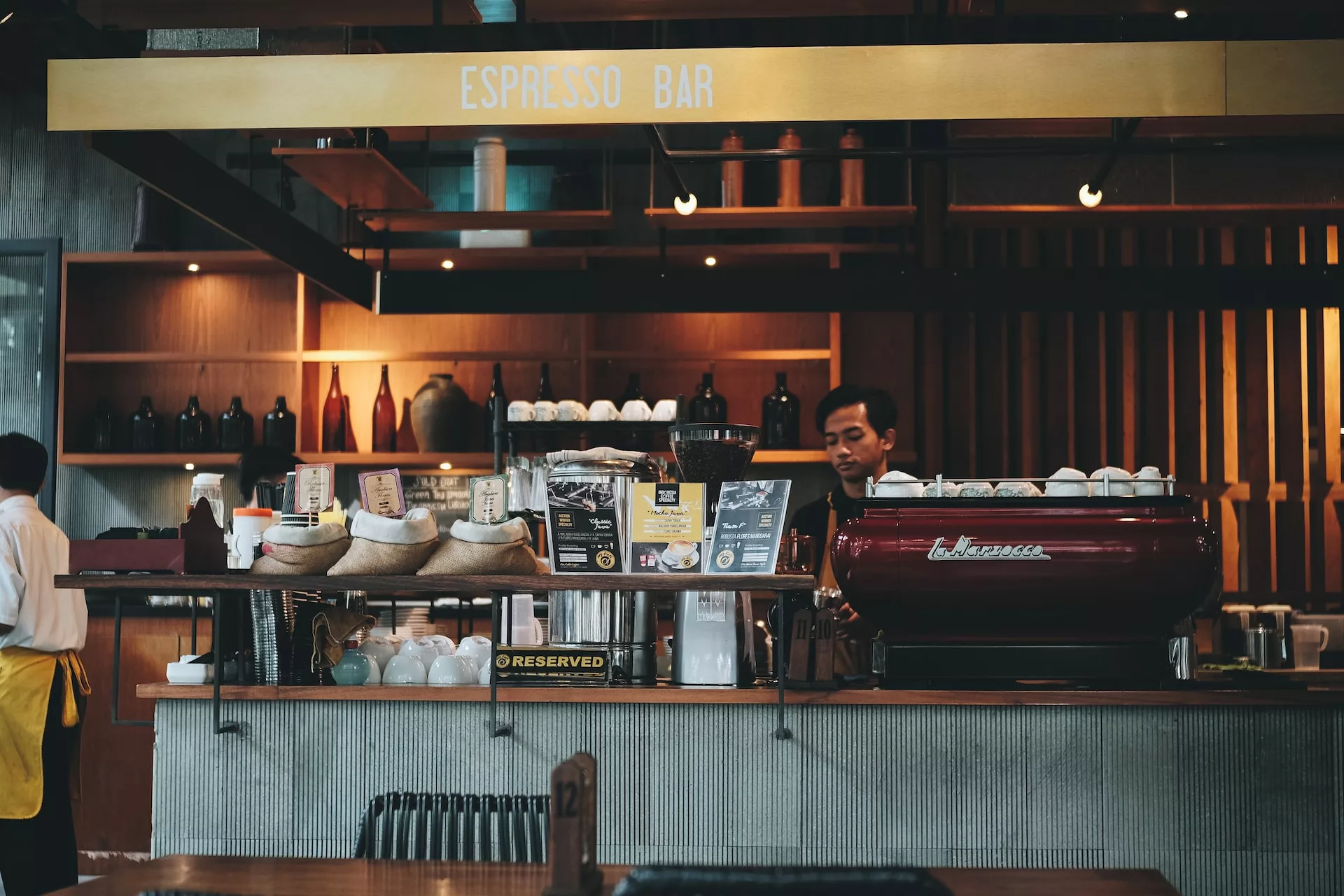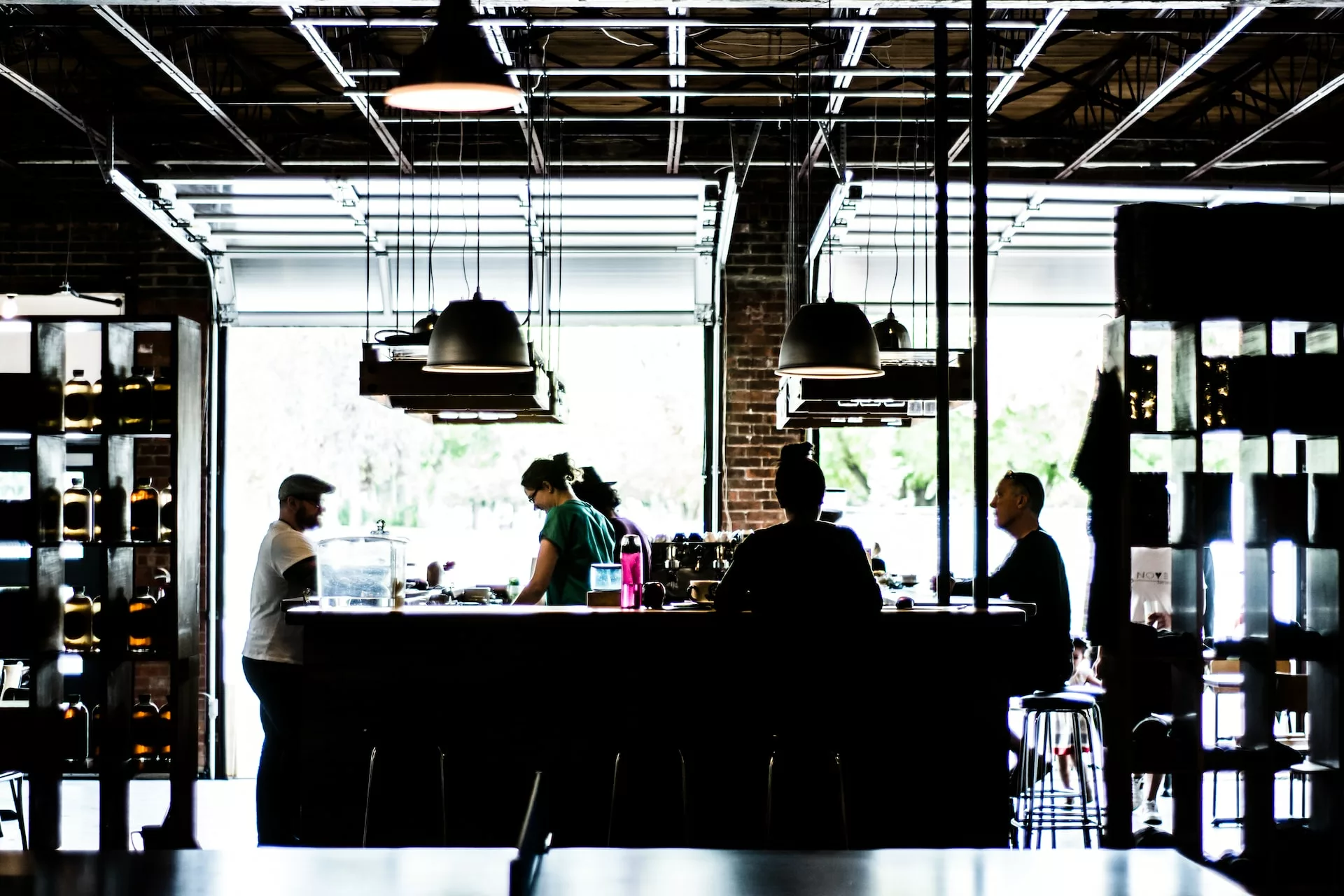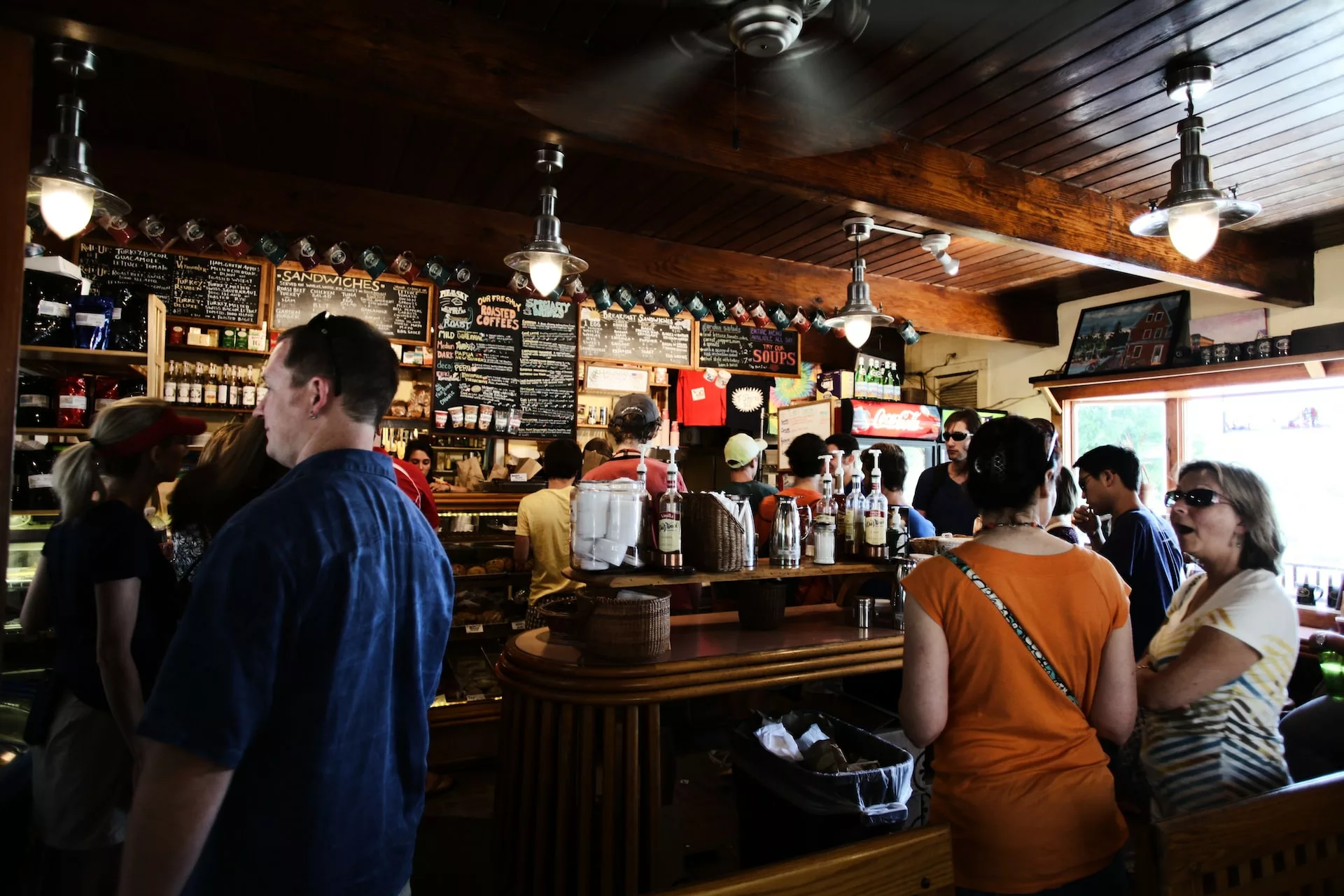Are you a new coffee shop looking to get the word out? Google Adwords can be an effective way of driving more customers and getting your business seen by potential customers. If you’re unfamiliar with using this popular advertising platform, then don’t worry: in this blog post, we’ll run through some advice on how to master it. From creating compelling advertisements and tight budgets to testing different configurations for further reach—we’ll cover all of the key elements that come together in making sure your campaign is successful! So let’s get started – read on for 6 tips on how to use Google Adwords for your new coffee shop.
Set Up an Adwords Campaign for a Coffee Shop
Setting up an effective Adwords campaign for a coffee shop starts with understanding the goals of the campaign. Do you want more people to come into your coffee shop, or are you looking to promote your signature blends online? Once you have determined this, you can begin the process of setting up your Adwords campaign.
First, create a text ad – this is the advertisement that will be seen by potential customers when they search for terms related to your coffee shop or signature blends. Include content in the title and description that will draw attention and encourage users to click and learn more about what you are offering. Selecting target keywords is also essential in creating an effective Adwords campaign. Research relevant keywords related to your business such as “coffee shop near me” or “best specialty coffees” and aim for ones with a higher number of searches but lower competition from other coffee shops.
After choosing appropriate keywords, determine a budget that fits within your marketing plans. Depending on what type of campaign it is (brand awareness or ROI focused), decide how much money you would like to dedicate towards this initiative. You may also want to consider additional features such as using location services or targeting special demographics like college students so ads appear in specific areas, at certain times of day or when certain age groups typically buy coffee from your cafe.
Once the budget has been set, it’s time to work on bids and bid strategies. This step focuses on where and when ads should appear – whether at certain times of day or in certain geographical locations – based on traffic volume in those areas or when conversions historically occur. Setting appropriate bids helps ensure that advertising expenses are maximized while reaching customers at optimal times throughout their journey to purchase.
Creating additional targeting options such as device types (e.g mobile vs desktop) can help refine marketing efforts even further and make sure only those likely to visit the cafe will see your ads instead of simply anyone searching for local caffeine options nearby who may not make it into your store at all due to other competitors being closer by geographically. Keeping track of statistics such as clicks, impressions and cost-per-click will help understand which strategies generate better results compared to others so changes can be made accordingly over time in order to maximize conversions from the campaigns running each month.
Following these steps should provide a solid foundation for setting up successful Adwords campaigns that produce desired outcomes at reasonable costs for businesses promoting their products or services online; this is especially true for smaller businesses with limited resources since there is no need for spending exorbitant amounts of money just yet in order to test things out before scaling further down the road once results improve significantly!
Use Local Keywords for Your Coffee Shop
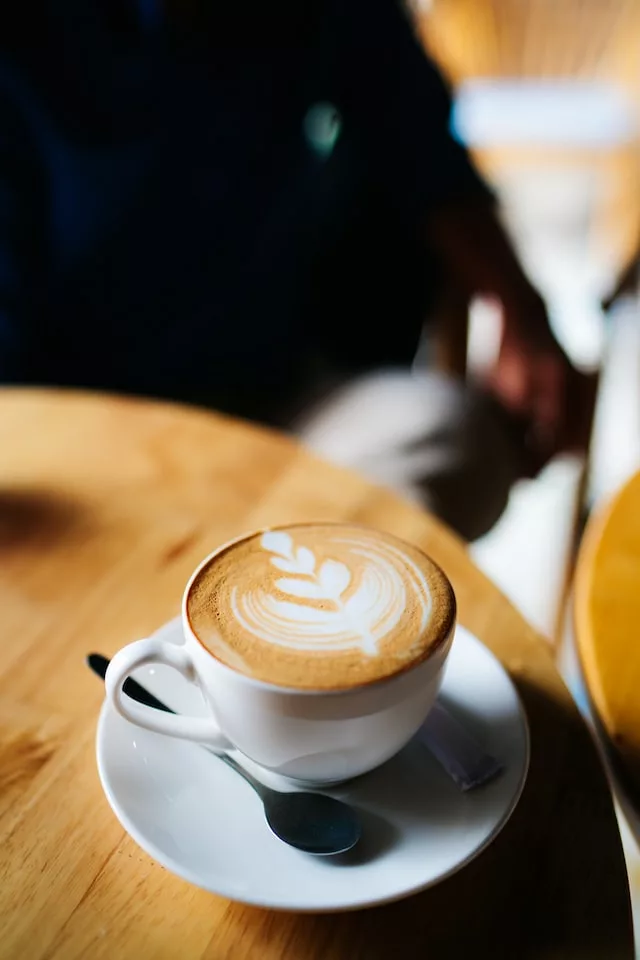
Local keywords are essential for targeting potential customers in the area when setting up an Adwords campaign for a coffee shop. These key phrases or words will help draw a more precise audience who are physically closer to the cafe, increasing chances of conversions since they can actually visit the store rather than just seeing ads online.
When choosing local keywords, it’s important to consider geographical specificity while still keeping all phrases relevant and related to the business, such as “coffee shop near me,” “best specialty coffees downtown” or “frothy lattes in [city].” Besides including locations in keywords, businesses should also think about incorporating different types of product offerings and services as well, like “open late coffee shop,” “organic coffee house” or “drive thru espresso place.”
Ensuring that geographic modifiers are used when appropriate is also important. For example, if someone searches for “coffee” from Dallas, Texas then an ad with the term “coffee Dallas” should be served over an ad with just “coffee” since it will target users in the same area more precisely. Additionally, having localized landing pages helps build trust between businesses and customers as they can see exactly where they are located on maps featured on these webpages.
Overall it’s important to remember that conversion rates tend to be higher with local keyword phrases since those who click ads nearby have higher intentions of visiting stores compared to people searching from further away geographically. As technology evolves and mobile devices become even more popular than ever before, optimizing ads for local audiences becomes paramount for driving foot traffic into small businesses like cafes which heavily rely on physical visits instead of just online transactions.
By incorporating local keywords and modifiers into campaigns set up with Google Adwords or other similar services (e.g Bing Ads), businesses will be able to attract more people close by; this should result in increased awareness of their products or services while also creating better opportunities for higher ROI and profitability long-term!
Leverage Negative Keywords
Did you know that you can use negative keywords to improve the performance of your coffee shop’s ad campaigns? By doing so, you can reduce the amount of irrelevant traffic coming through, which can save you money and improve your campaign’s overall effectiveness.
It’s important to choose the right negative keywords, though. You don’t want to block out potential customers who might be interested in your coffee shop. Instead, focus on keywords that are unlikely to be searched by people who would actually be interested in your coffee shop.
To get started, take a look at the list of keywords that you’re currently targeting with your ad campaigns. Then, make a note of any keywords that seem irrelevant or unlikely to be searched by people who would be interested in your coffee shop. These are the keywords that you’ll want to target with your negative keywords.
Once you have a list of potential negative keywords, research each one to see how often it’s being searched. If a keyword is being searched frequently, it’s likely that it’s not as relevant as you thought. On the other hand, if a keyword is only being searched occasionally, it may not be worth targeting with a negative keyword.
Remember, the goal is to reduce wasted spend and improve the overall performance of your coffee shop’s ad campaigns. By carefully choosing negative keywords, you can make sure that your campaigns are more targeted and effective, which can ultimately lead to more customers and better results for your business.
Maximize Your Ad Budget
When creating an Adwords campaign for your coffee shop, it’s important to maximize your budget in order to get the most out of it. Staying within your budget limits is especially important for new businesses, as you want to make sure that you don’t deplete all of your capital before you even get started.
Fortunately, there are some strategies you can use to ensure you’re getting good value out of every penny spent on your campaign. Here are a few tips to help you maximize your budget.
First, use negative keywords in order to reduce the amount of irrelevant traffic coming through your ad campaigns. By doing this, you can prevent wasted spend on clicks from people who aren’t likely interested in what products or services your coffee shop has to offer. Additionally, using multiple different campaigns with different budgets can also help you find better results by allowing each campaign more room to optimize without sacrificing too much money on any one particular area.
Another way to maximize your budget is by targeting geographic locations that seem more likely to convert well for customers searching for products or services related to what your coffee shop offers. By focusing on these areas and optimizing ads toward them, you can get better returns from the same amount of money spent compared with targeting a broader geographical range.
Finally, be sure to track the progress of each ad campaign closely and make adjustments as necessary based on changes in trends or consumer behavior. This will allow you to focus more budget into areas that are showing good results and reduce spending in areas that don’t seem like they’re going anywhere – thus, maximizing the effectiveness of every dollar spent on the Adwords campaigns.
By following these tips and keeping close tabs on where you’re putting your money when running Adwords campaigns, it’s possible for any business – no matter how big or small -to maximize their budget and boost their overall ROI.
Track Performance of Your Ad Campaign
When launching an Adwords campaign for your coffee shop, it’s important to track its performance in order to ensure you’re achieving the best possible results. Knowing how your ads are performing and how much money you’re spending on them will allow you to adjust your strategy as needed and optimize your campaigns for better results.
To get started, make sure you’re tracking key metrics such as click-through rate (CTR), conversions, and cost-per-click (CPC). CTR measures the effectiveness of your ad copy, showing how many people saw your ad and clicked through to learn more. Conversions indicate whether or not people took action after seeing your ad – like filling out a form or making a purchase. Finally, CPC shows how much you are spending per click on each of the keywords associated with your campaign.
Tracking these key metrics over time allows you to quickly identify any problem areas with your campaign and take steps to address them before they become major issues. For example, if you notice that the CTR is low but the CPC is high, that could be indicative of poor ad copy or targeting – both easily fixable issues when identified early.
Ensuring that all of these metrics are tracked also gives you valuable insight into what strategies work best when it comes to creating effective ads. Through trial and error and constant testing and optimization, you can find out which tactics are helping bring in leads or customers most efficiently – allowing you to adjust future campaigns accordingly.
By staying on top of performance tracking for your Adwords campaigns, not only will you see improved results from each one – but also gain valuable knowledge about the best practices for launching successful advertising efforts in general.
Measure ROI
When creating an Adwords campaign for your coffee shop, it’s important to measure the return on investment (ROI) of each ad in order to accurately evaluate how well they’re working. Knowing this information will allow you to adjust tactics and make changes as needed in order to maximize your campaign’s effectiveness.
When measuring ROI for an Adwords campaign, there are several key aspects you should consider: first and foremost, how much money you’re putting into the campaign versus how much return you get back from it. In addition, evaluating the impact of different tactics such as adjusting bids or adding negative keywords can also give you insight into what strategies are most effective at bringing in leads or customers most efficiently.
To measure the ROI of your ads, start by tracking key metrics such as cost-per-click (CPC), click-through rate (CTR), conversions, and total revenue. CPC will tell you how much money is being spent every time someone clicks through on one of your ads – a vital piece of data when comparing spending against revenues generated from those clicks. CTR indicates the effectiveness of your ad copy and targeting; if it’s low then that could be indicative of poor ad copy or bad targeting choices. Conversions indicate whether or not people took action after seeing your ad (like filling out a form or making a purchase). Finally total revenue helps quantify the success of your efforts – showing exactly how much value each ad is generating for your business overall.
By keeping track of all these metrics over time, you can evaluate each tactic separately and determine which specific changes are driving up ROI and which ones don’t seem like they’re doing anything at all. Additionally, keeping tabs on changes over time allows you to quickly react to any issues with particular campaigns before they become major problems – helping ensure that every dollar spent goes towards something productive rather than wasted effort.
Measuring ROI for an Adwords campaign is essential if you want to get the best return on investment when running ads for your coffee shop – so make sure you keep close tabs on each ad’s performance and take steps to improve them whenever necessary in order to maximize their effectiveness.
Setting up an effective Google Adwords campaign for a coffee shop is not a one-size-fits-all endeavor. Taking the time to research target keywords, set appropriate budgets and bids, and create additional targeting options are all important steps necessary in creating a successful campaign that maximizes conversions and meets desired outcomes. Knowing how to use local keywords effectively when creating ads can help draw a more precise audience who are closer by geographically, increasing chances of conversions as well. With these 6 tips in mind, new coffee shops will be able to start advertising online with confidence and success!
More Coffee Shop Articles
Should I find a partner for my new Coffee Shop?
Launching a coffee shop can be an overwhelming task, especially if you have limited resources. Finding the right partner can be an invaluable asset to your business and help you reach your goals faster. In this post, we’ll discuss when it’s a good idea to find a partner for your coffee shop business.
Hit the Ground Running: How to Accelerate Your Coffee Shop Startup
Starting a new business is an exciting but daunting undertaking. If you want your coffee shop to take off and reach its full potential, it’s important to hit the ground running. In this post, we’ll explore how to accelerate your coffee shop startup by addressing key areas like planning, marketing, and operations.
What Professional Services Do I Need to Start My Coffee Shop?
Starting a coffee shop is a big undertaking, and it’s important to make sure you have the right professional services in place. In this post, we’ll explore what services you need to help make your dream of owning a coffee shop a reality.
5 Secrets to Local Marketing for My Coffee Shop
Local marketing is the key to success for any small business – especially a coffee shop. In this post, we uncover five tips and tricks that can help drive more customers through your door and boost your revenue.
Reducing Risk: Insurance Options for My Coffee Shop
Choosing the right insurance coverage for your coffee shop is an important part of reducing risk and protecting your business. Taking time to review available options and weigh the costs against potential risks can help ensure that you have the best coverage possible.
How Do I Get a Business License for My Coffee Shop?
Are you planning to open your own coffee shop? Make sure you know how to get a business license first! This post will explain step-by-step how to get the right license for your bustling cafe.
How Do I Find the Right Location for My Coffee Shop?
Opening a coffee shop is a big decision, and it all starts with finding the perfect location. In this post, we’ll take a look at what goes into choosing the ideal spot for your coffee shop business.
5 Mistakes Coffee Shop Entrepreneurs Make
Starting a coffee shop can be a daunting but rewarding task. But without the proper preparation, entrepreneurs can easily make mistakes that could prevent them from achieving success. This post covers five common pitfalls coffee shop owners should look out for to ensure they do not fall victim to them.
How to Find Funding to Start a Coffee Shop
Are you ready to become your own coffee shop owner? There are many ways to finance a new business, and this post will discuss how to find funding for your coffee shop dreams.


